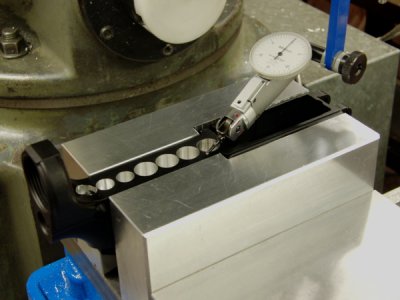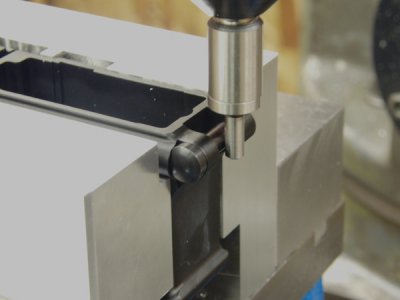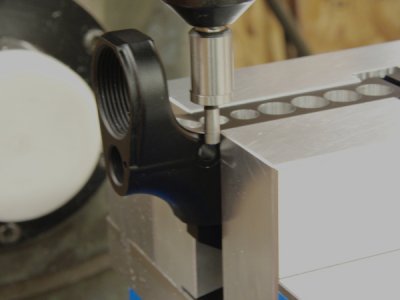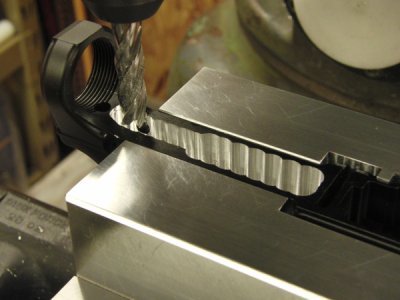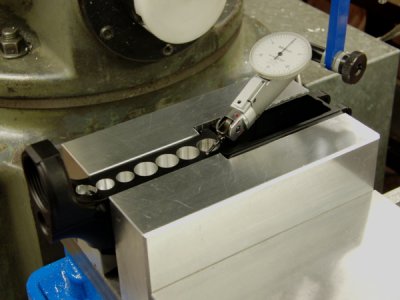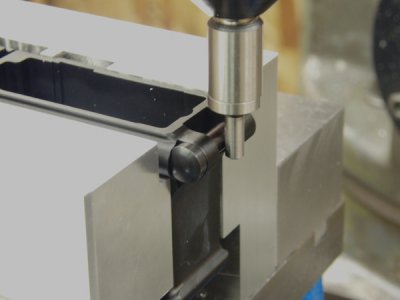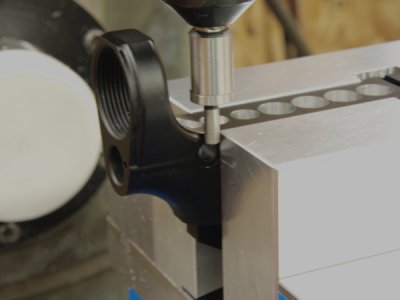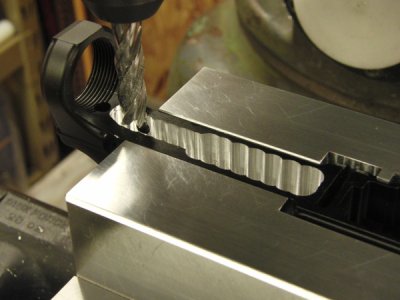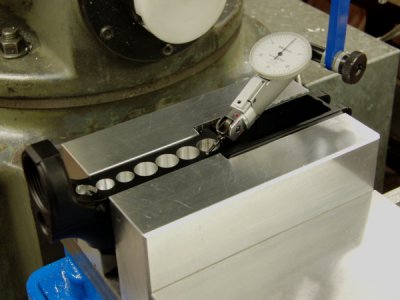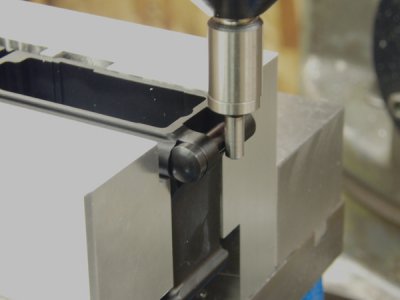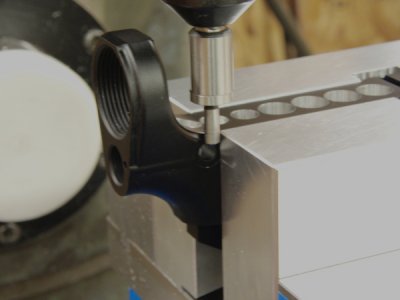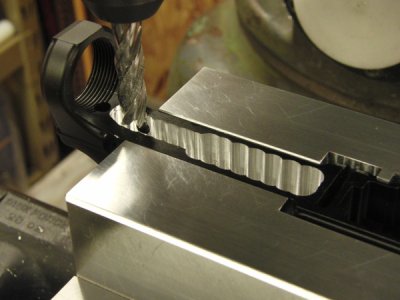- Joined
- Aug 10, 2014
- Messages
- 51
I have a guy local that is going to do the Type III hard anodize. I have too many other expensive, time consuming hobbies to get into anodizing my own parts. LOL
As for the .223 Wylde chambered barrel, Noveske Rifleworks is quite literally over my back fence (not exaggerating) and my good friend is friends with the Noveske family and many employees. He has steered me in that direction since that is mainly what they use on their rifles. My friend buys blanks from PacNor and chambers and profiles them and he has 10 barrels in stock, so he is giving me a killer deal on a lightweight stainless barrel.
As for the .223 Wylde chambered barrel, Noveske Rifleworks is quite literally over my back fence (not exaggerating) and my good friend is friends with the Noveske family and many employees. He has steered me in that direction since that is mainly what they use on their rifles. My friend buys blanks from PacNor and chambers and profiles them and he has 10 barrels in stock, so he is giving me a killer deal on a lightweight stainless barrel.


